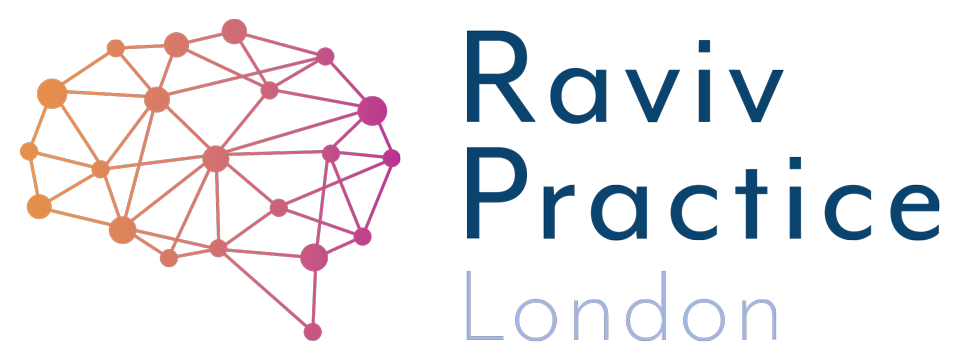Why does my child mix up 12 & 21?
Why does my child write 21 instead of 12?
Children who write in reverse order
This is quite a common error children make when writing numbers. They understand the difference between 12 and 21 as number, and can usually count correctly without jumping numbers, but struggle when it comes to writing these numbers down properly.
Before thinking about what to do about this, you should check that your child can do the following:
1. Count to the number they are writing correctly
2. Read (most of the time) the number correctly when written for them by someone else.
3. Is not getting the teen numbers mixed up with the tens 14/40 when asked to out of sequence numbers written down
If your child is able to do all the above things, then you might want to investigate the following as the source of their problem:
Unintentional blindness
Don’t be alarmed – we are not talking about actual physical blindness here, but rather the peculiar way all our brains sometimes focus on one thing so much, they can completely miss something else. In this case, the problem sometimes lies in not what a child knows mentally, but how the information is represented when they see it in their minds.
“During the exercise, a person in a gorilla suit came on stage for a few seconds, beat his chest and walked off”
There was an experiment carried out on volunteers who were asked to watch two teams on a stage; one team had white t-shirts and another black. The audience had to count how many passes were made of the ball between those wearing white T-shirts. During the exercise, a person in a gorilla suit came on stage for a few seconds, beat his chest and walked off. When asked if they saw the gorilla, the audience mostly said they did not see it!
This was later defined as unintentional blindness. The volunteers were so focused on the activity of counting the ball passes, they were completely “blind” to the gorilla.
Unintentional blindness when writing numbers
When children who are having difficulties, or are new to writing, are asked to form letters/symbols, they are unsure of the directionality they need to write. They may be so focused on how to form the symbol that they entirely miss the fact that it is written in the incorrect order.
Visual focus
While children's eyes may have perfect vision, they are still developing how they focus on detail. They will notice there are two symbols in the number twelve, “1” and “2”, but not notice which comes first. Children who cannot discriminate that they are writing double digits in the wrong order can be asked to proof read and check their own work. By having reference material of correctly written numbers in front of them, they can self-check and learn to notice the difference between that and what they have written.
“While children’s eyes may have perfect vision, they are still developing how they focus on detail”
Not knowing left and right
Children who don't implicitly know left from right, and don't know that there is a difference, will sometimes write the numbers correctly, and other time not. It is likely that these children have not yet developed an understanding of reading from left to right.
Seeing right to left
Another reason a child might write numbers incorrectly is because they only scan from right to left when reading and writing rather than the usual left to right. These children will be convinced they have written the number correctly because their eyes are scanning what we think of as the second number, first. Their eyes are moving oppositely, so they do not know that “1” comes before “2” in the number twelve, they are perceiving the first position as being on the right, not the left, like we do.
These children may also read words incorrectly in the same way, such as 'was' as 'saw' and 'no' as 'on.' They are scanning and using visual focus, but just in a different way – right to left.
From the above examples, it must be clear to you that there are many possible variables at play when children get confused. Most are normal developmental hurdles that children overcome by about the age of 7 through practice, work, and self-correction.
However, if your child still continues to this after the age of 7, it may be that they need some extra help. Here at Raviv Practice London, we are experienced in offering a number of programmes and exercise designed to help you and your child. Please feel free to get in touch to find out more.
Dyslexia? Dyspraxia? ADHD? ASD? Speech & Language? Developmental Delay? Anxiety?
Is every school day a struggle? As a parent, you may feel exhausted and on this journey alone. Each year you see the gap getting wider. You need to do something - change the approach, help your child learn for themselves, find a way to turn this around - to help while you can - do this NOW. the first step is free.
About the Author
Usha Patel is a Neurocognitive Therapist and Director at Raviv Practice London. Parents searching to help their suspected/neurodiverse child can get evidence-based solutions with results in as little as 8 weeks. Those in search of jargon-free help can get started straight away.



